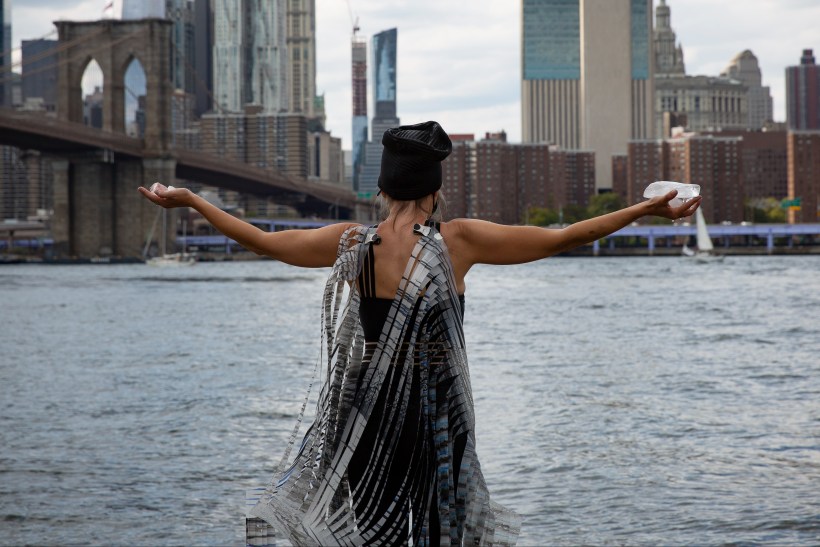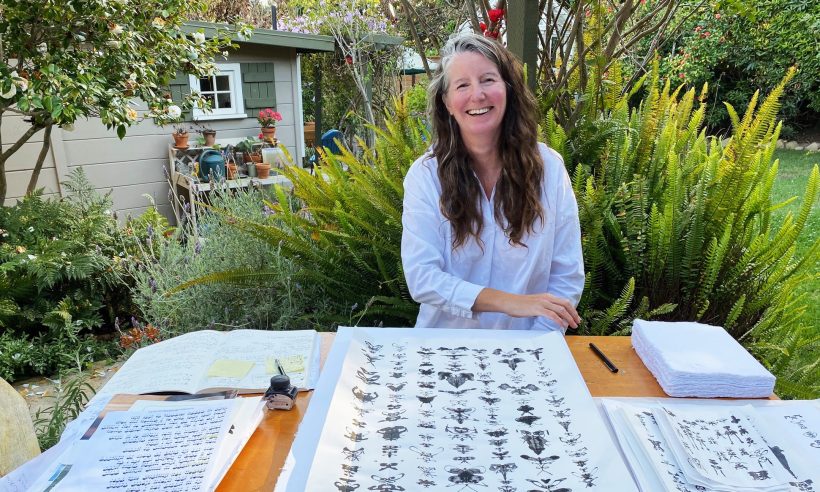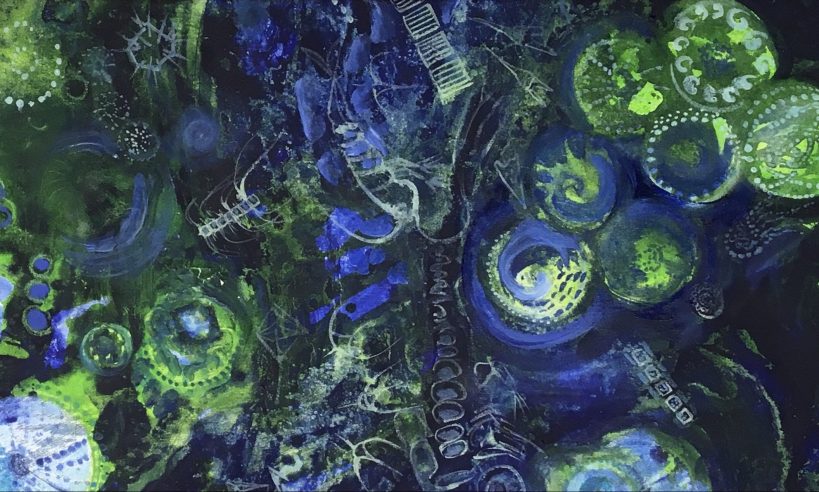
Glacier Elegy Brooklyn, performance in public space with three performers and audience members, one block of ice, two sculptural elements, took place at the Brooklyn waterfront, New York City, October 20, 2020
New York-based artist and educator Jaanika Peerna grew up in Estonia during the Soviet era. Her drawings, installations, and performances all embody a sense of constant movement and change, either chaotic or orderly, that personifies the elements of water, ice, wind, air, and light. Peerna attributes many of the choices she has made about the materials she uses as well as her working methods to her childhood in her native land of ice and greyscale colors along the Baltic Sea. It was there where her body learned to embrace the movements specific to gliding on ice, where she observed the varied lines that skates made on the surface of ice, and where she mastered the use of the limited art materials available in the local Soviet-style school system – especially drawing with pencils on paper. To this day, she sees all of her work as drawing, “whether it is video or light installations, placing works in a room, drawing in space, leaving lines on paper, traces of movement and now performance.”
Continue reading “Elegizing Ice: Jaanika Peerna”







